PROTECT YOUR DNA WITH QUANTUM TECHNOLOGY
Orgo-Life the new way to the future Advertising by Adpathway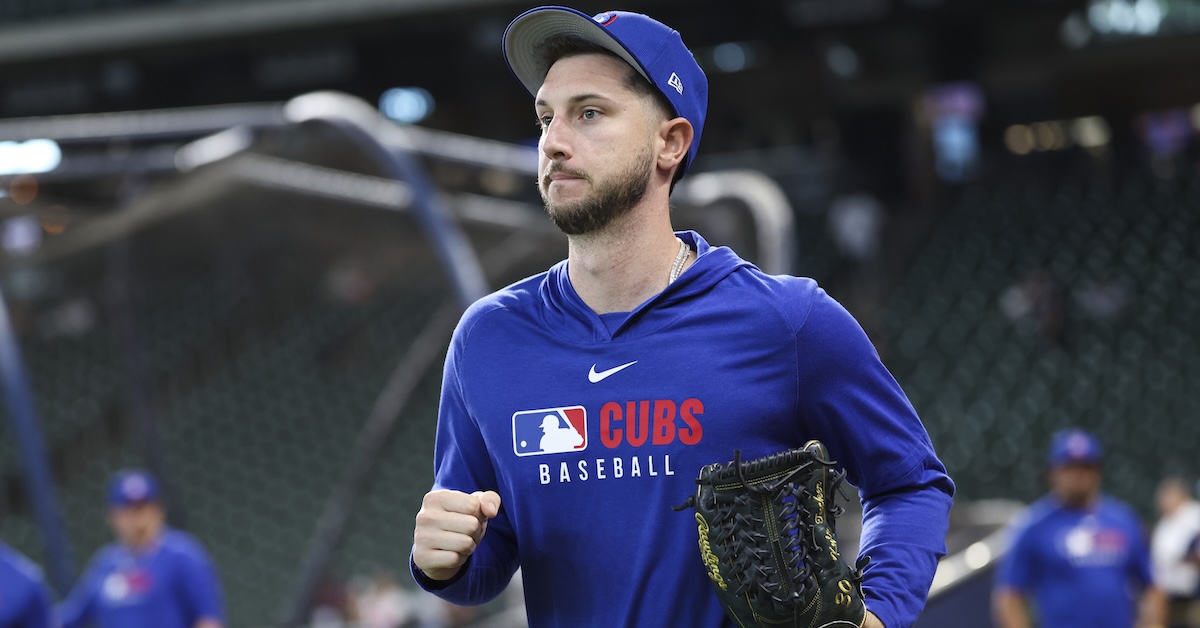 Troy Taormina-Imagn Images
Troy Taormina-Imagn ImagesKyle Tucker needs to learn how to manage expectations better. He’s having a good season on paper: .261/.374/.447 with 18 home runs. He has a 131 wRC+, more walks than strikeouts, and 25 stolen bases in 27 attempts. His WAR, 3.9, is a tenth behind Kyle Schwarber, who’s getting MVP chatter, and two tenths ahead of Juan Soto.
But right now, the Cubs star is really going through it, and nobody is happy.
Tucker is 2-for-25 in his past seven games and just 8-for-54 in August. He hasn’t hit a home run in 31 days, and most incredibly, his last extra-base hit of any kind came in July. Tucker is taking it about as well as you’d expect; on Sunday, he didn’t run out a groundball to first base, and on Monday he slammed his helmet into the ground in frustration after flying out to end the eighth inning of a 7-0 loss to Milwaukee. Both incidents drew boos from the Wrigley Field fans.
After Monday’s game, Cubs manager Craig Counsell decided that enough was enough. Rather than leave his best player out there to keep bashing his head against the wall, he’s sitting Tucker for the next few days. Counsell’s direct quote sums up the situation rather well, I think: “[H]e’s trying. It’s just not clicking. We’re going to have to take a little step back here, for sure, and just give him some days off to reset him.”
If your Kyle Tucker is malfunctioning, shut him down and turn him back on again.
This makes sense for three reasons. First, the Cubs are all but locked into a wild card spot. After Monday’s games, they had a 92.5% chance of being a wild card team, a 4.2% chance of winning the division, and a 3.3% chance of missing the playoffs altogether. There is very little to gain by sprinting to the finish over the last six weeks of the season, and equally little to lose by giving a struggling player a chance to catch his breath.
Second, and I admit this is not scientific, but sweet Jesus it looks like Tucker needs a vacation. And it’s not like he can come back from his breather and play any worse.
Third, and perhaps most important, is the mythical finger injury. On June 1, on one of his two unsuccessful stolen base attempts this year, Tucker shorted his slide into second, scraped his nose on the infield dirt, and rolled over awkwardly on his right hand. He left the game with a jammed right finger, X-rays came back negative, and Tucker has refused to use the injury as an excuse ever since.
This is such a weird injury, the equivalent of a rocket blowing up while carrying tens of millions of dollars’ worth of satellites because someone screwed in a bolt without a five-cent washer. Tucker is wearing the oven mitt-style sliding glove on his left hand, the one he actually leads with — his right hand is nowhere near the base! And he just biffs it so badly he ends up landing awkwardly and jamming the finger. It’s the little things, man.
If Counsell is planning to sit Tucker for multiple games anyway, I wouldn’t mind the Cubs just stretching this out to a 10-day IL stint so they’re not playing down a man while Tucker rests his hand.
Tucker says the finger is not to blame for his struggles, and while I admire his reluctance to make excuses, I feel obligated to mention this: When Tucker left the game on June 1, he was hitting .284/.394/.524. Since then, he’s hitting .236/.352/.368. MLB.com’s Jordan Bastian, in the piece I linked above, noted that Tucker’s groundball rate has gone through the roof since the injury, while his bat speed has plummeted.
Having a nagging injury in one’s dominant hand would be enough to drive an office worker to distraction, let alone someone who hits things with a big wooden club all the live long day. Post hoc ergo propter hoc whatever; I find it highly plausible that this injury is, in fact, affecting Tucker in some fashion. Bill James once described the injury that ended Smokey Joe Wood’s pitching career as “a broken bone in another part of his body, which spread to his arm.” You never know the ways in which protecting a wounded extremity might show up elsewhere in an athletic motion.
Whether it’s due to the finger injury, general fatigue, pressing, or another reason, Tucker’s average bat speed has dropped from 72.4 mph (comparable to Eugenio Suárez) to 71.0 mph (comparable to Daniel Schneemann). Hitters can be effective, and even hit for lots of power, with a bat speed in the 71 mph range, but Tucker hasn’t.
Since June 4, Tucker has an ISO of .132 and a strikeout rate of 17.0%. And his quality-of-contact numbers simply don’t look like they belong to the same guy.
Kyle Tucker Before and After June 1
| Pre-Injury | .426 | 46.9 | 13.3 |
| Post-Injury | .368 | 33.9 | 7.9 |
SOURCE: Baseball Savant
You can see evidence that he’s overcompensating elsewhere in the month-by-month splits. This August, Tucker has posted his highest monthly strikeout rate since August 2020, and even before that, June was his highest strikeout rate since August 2021. This is also the first month in which Tucker has failed to post a double-digit walk rate (at least so far) since May 2023.
Tucker also has a 58.5% pull rate in August, which is the highest single-month mark of his entire career. This despite the declining bat speed. My hypothesis is that he can sense that he’s down a tick of power and/or bat speed and is trying to get out in front of the ball to compensate. The result is a 2.10 GB/FB ratio for one of the most fly ball-happy hitters in the league.
This is the first time since August 2023 that Tucker has hit more grounders than fly balls over a month, and apart from a six-game sample in July 2020, it’s the first time in his career that that ratio has gone over two-to-one.
After spending the past several paragraphs detailing Tucker’s failings over the past two and a half months, it’s worth reiterating that despite the power outage and the occasional geysers of frustration, Tucker has still posted a .352 OBP over his past 62 games. If he did nothing else productive, he’d still be an important offensive contributor based on that figure alone.
But the Cubs can’t afford to settle for that, because of how high Tucker’s ceiling is. They paid a massive price for a one-year run with this free agent-to-be, and were quite right to do so. The shorthand of “five-tool player” is a bit archaic because, while it lists the things a position player ought to do well, it places them all on equal footing when that really isn’t the case. Like, nobody gives a damn that Aaron Judge is a below-average runner, right?
The way I’d describe Tucker is that he’s a very rare player who doesn’t require compromise. He brings speed and good corner outfield defense without compromising on power. He hits for power without striking out very much. He has a low strikeout rate and still walks a ton. There’s a “yeah, but” for almost every other star player in the league, but not Tucker. At least, when he’s on his game.
It is therefore imperative for the Cubs that Tucker snaps out of this slump. The division race is gone, and to be honest, there’s nothing the Cubs could’ve done about that. From July 6 through August 18, the last day before Tucker’s benching, the Brewers were 3-1 against the Cubs and 27-4 against everyone else. Tucker could’ve been leaping tall buildings in a single bound for the past two months and Milwaukee would still have the NL Central locked up.
The objective now has shifted: Consolidate that wild card spot and get through what’s going to be a rock fight in the first round of the National League playoffs, no matter the opponent. In the postseason, a Tucker who can draw walks and hit weak grounders is not that useful. A Tucker who can hit for power without striking out can carry a lineup. The Cubs have to get that second guy back, whatever it takes.


 4 hours ago
1
4 hours ago
1
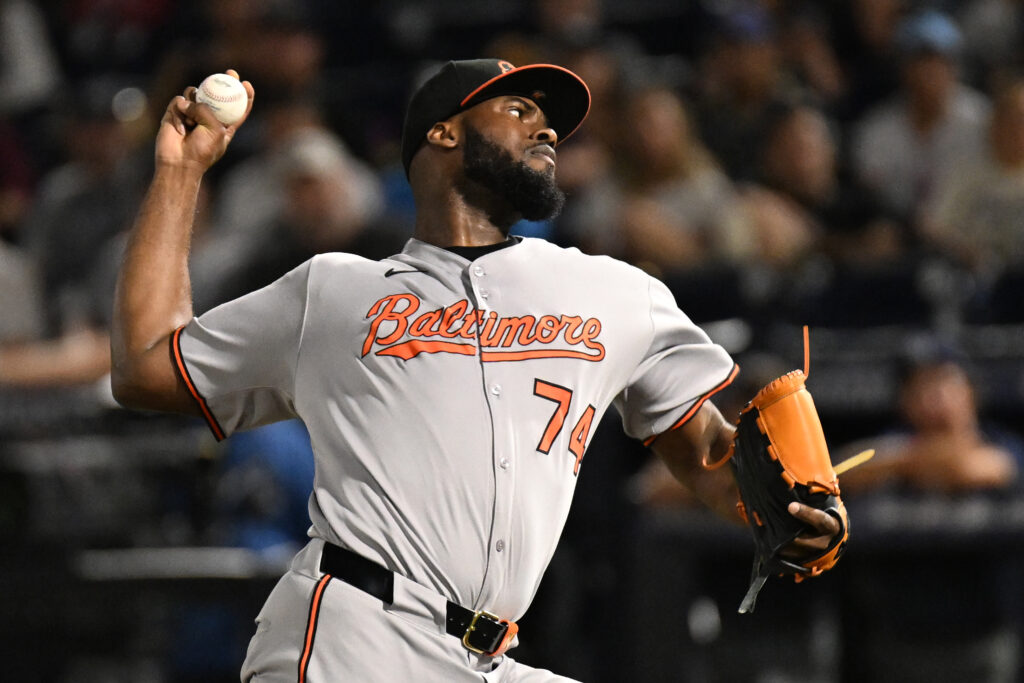

![[MLBTR] Félix Bautista Undergoes Shoulder Surgery, Expected To Miss 12 Months](https://external-preview.redd.it/XgZuFls_SLyVAifW5OnzXGPYo7Nn_Xp1P-VMC-wa-DM.jpeg?width=640&crop=smart&auto=webp&s=b6473a34da7981ba3de80cd0f9f21118b9c5522c)

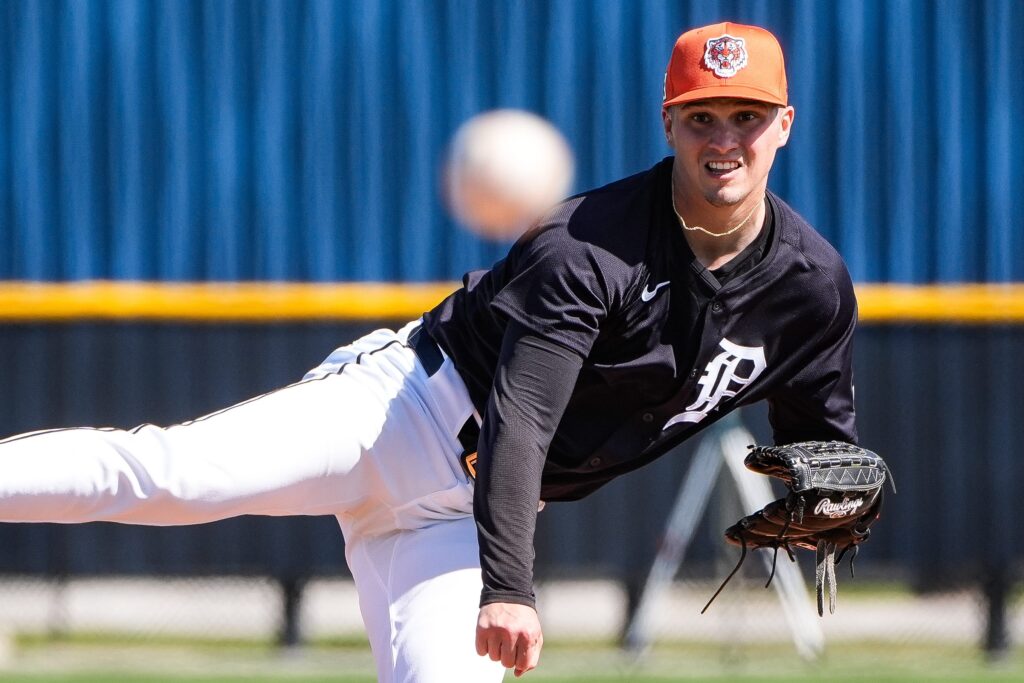




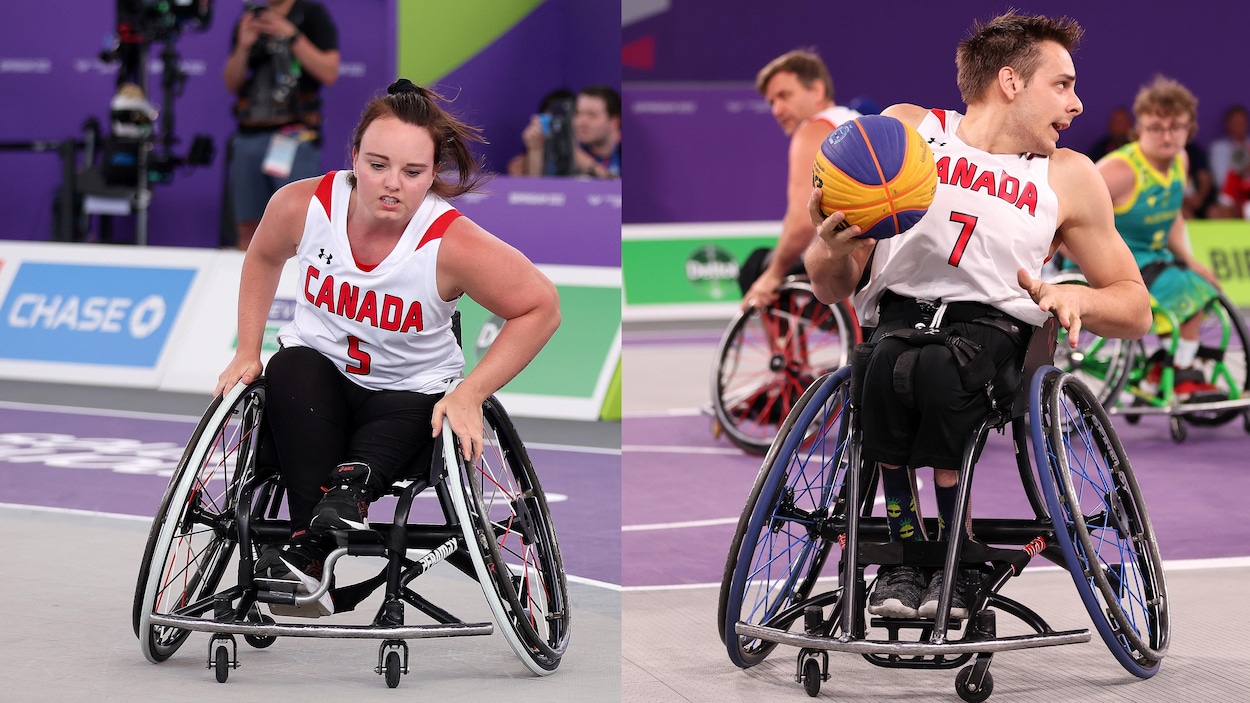


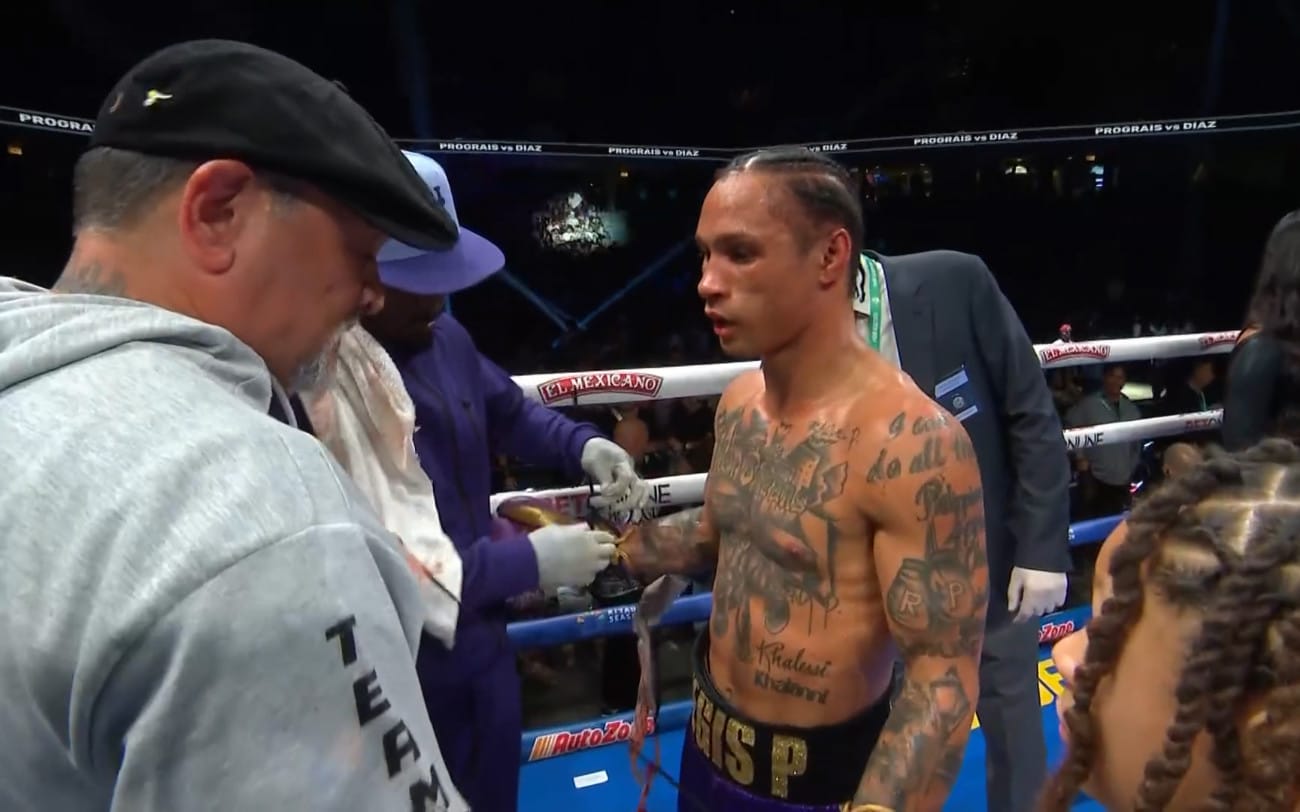
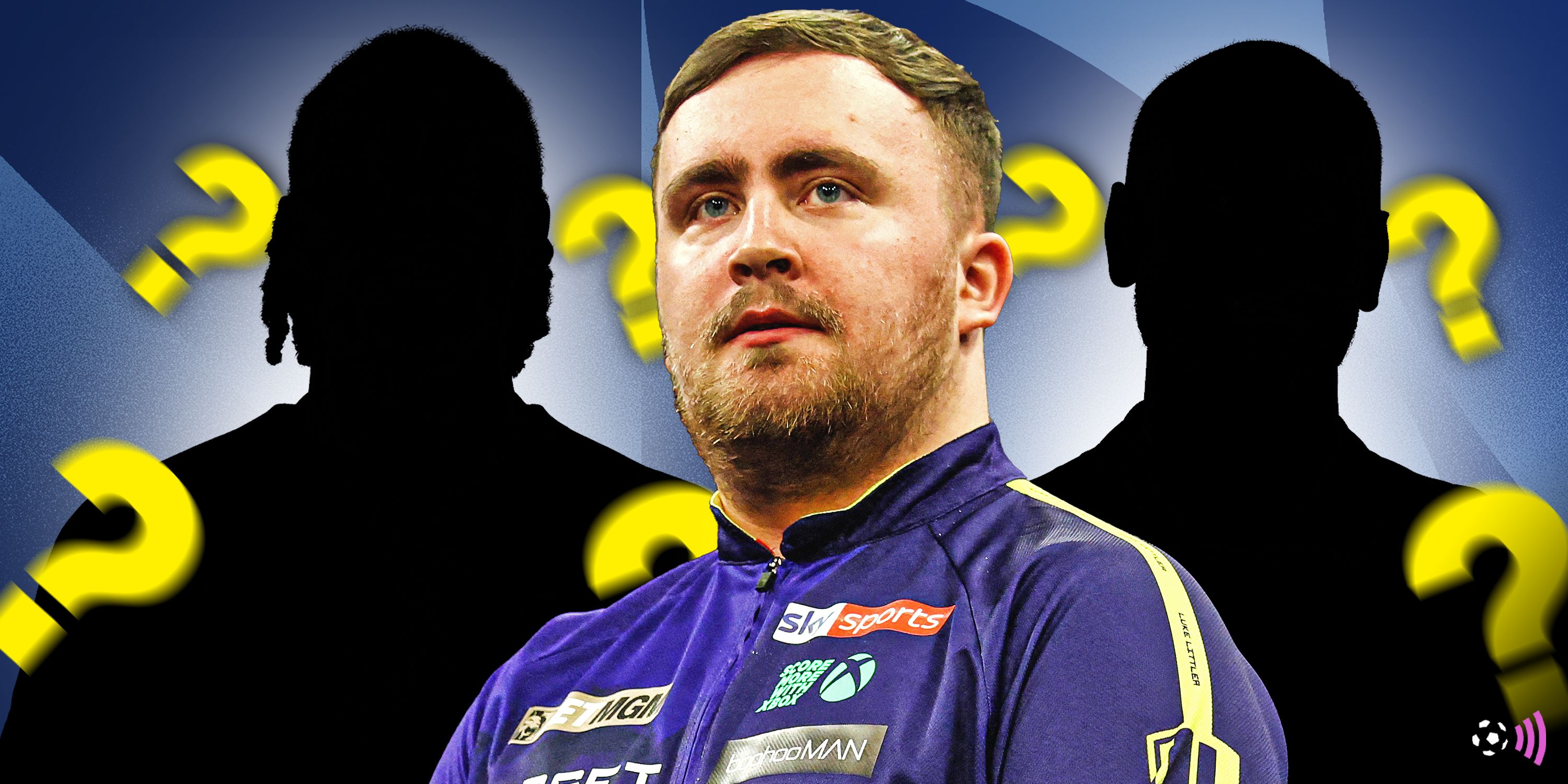

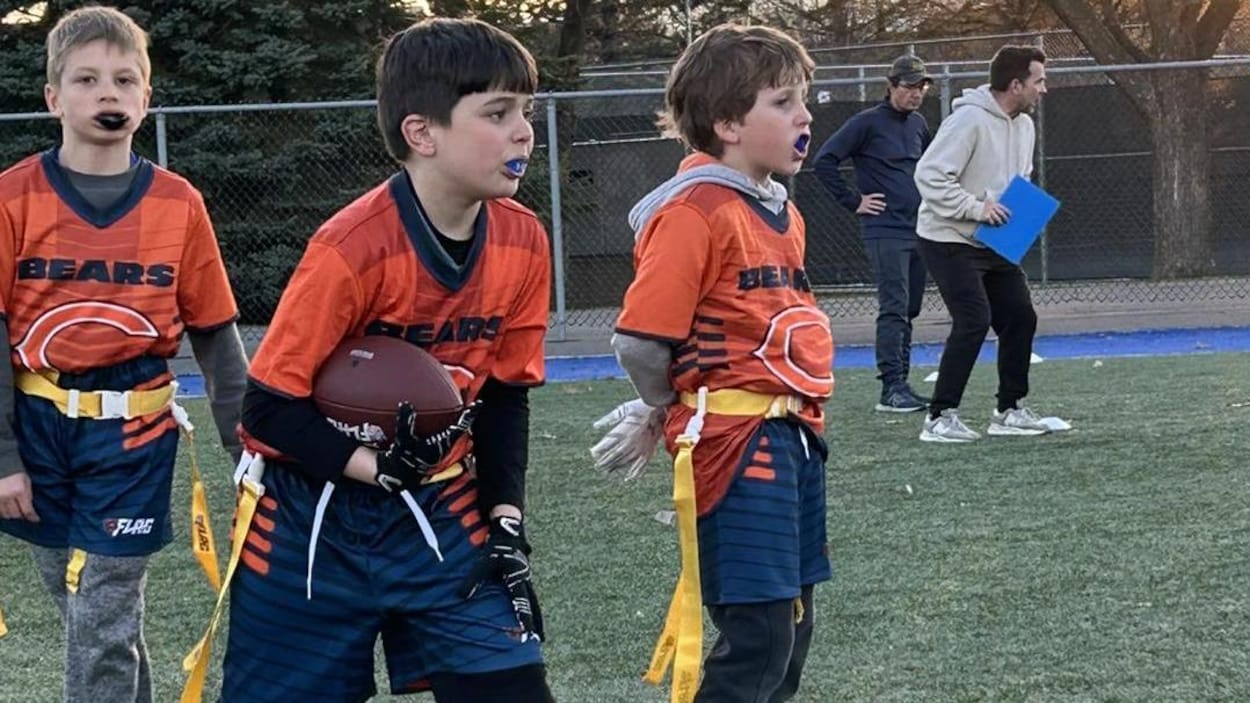

 English (US) ·
English (US) ·  French (CA) ·
French (CA) ·